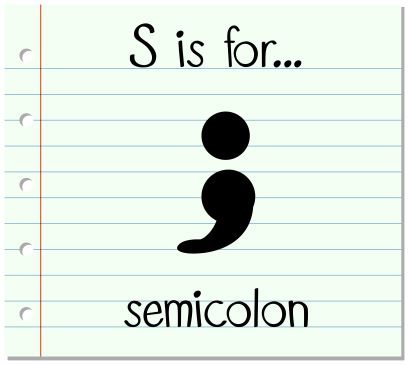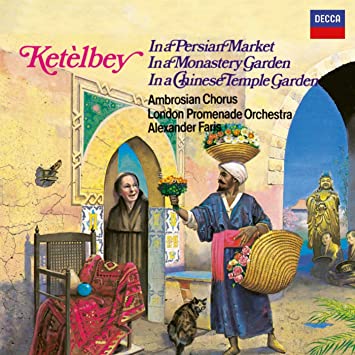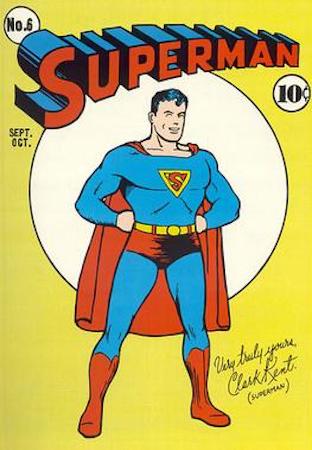If you love semicolons as much as I do, you’ll enjoy reading “Has Modern Life Killed the Semicolon?”
You might enjoy the article even if you hate semicolons! It’s not really about killing them. The article is a survey about the way attitudes have changed about the semicolon over the years. (For example, Kurt Vonnegut thought semicolons were useless. All they did was prove you’d been to college!)
I’m going to jump in with some thoughts of my own about this quirky punctuation mark.
1. Semicolons are easy to use. Just change a period to a semicolon and lower-case the next word – unless it needs a capital letter.
We just got back from a trip to Lowe’s. My husband and I are going to paint the guest room this weekend.
We just got back from a trip to Lowe’s; my husband and I are going to paint the guest room this weekend.
I just had an excited phone call from Linda. Harvard accepted her college application.
I just had an excited phone call from Linda; Harvard accepted her college application.
2. Kurt Vonnegut is right about semicolons – they do show that you’ve been to college. That’s a good reason for using them! What’s wrong with showing off a little?
3. Michael Kinsley argues that semicolons are often abused. He says they can “imply a relationship between two statements without having to make clear what that relationship is.” I don’t see that as a problem. Our brains can supply the missing connection.
4. You should use semicolons sparingly. If you’re writing something short, one or two semicolons should be the limit. On a longer piece, one or two per page are enough.
5. You never have to use a semicolon. (Well, semicolons are necessary if you’re writing a particularly fancy kind of list. That hardly ever comes up. I use that list rule only two or three times a year – and I’m a professional writer.)
6. English teachers love to make semicolons difficult. Here’s a typical explanation:
Use a semicolon to join two related independent clauses in place of a comma and a coordinating conjunction (and, but, or, nor, for, so, yet). Make sure when you use the semicolon that the connection between the two independent clauses is clear without the coordinating conjunction.
Gak. Ignore that nonsense! Try my way. It always works – and it saves brainpower for other, more important writing tasks.










